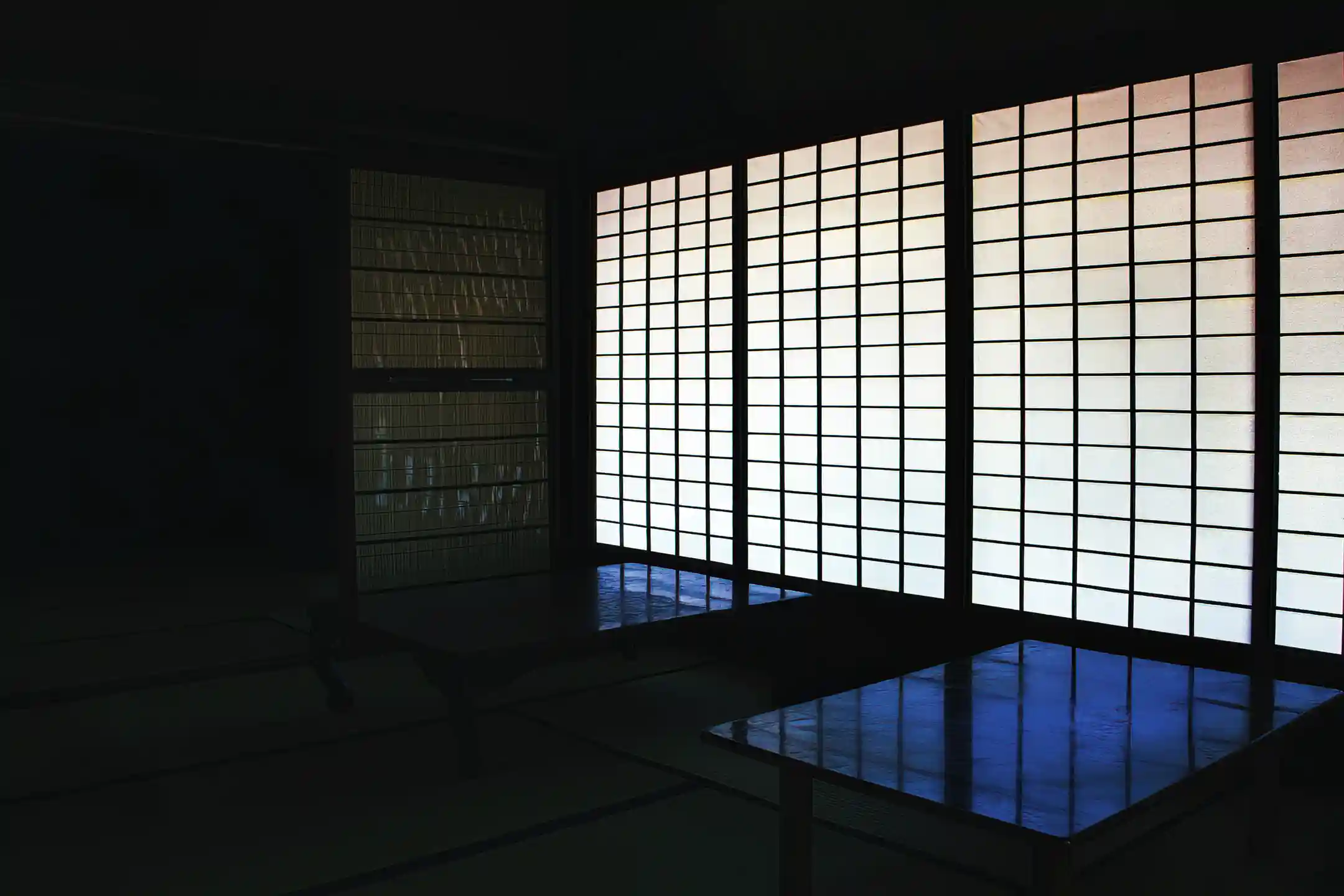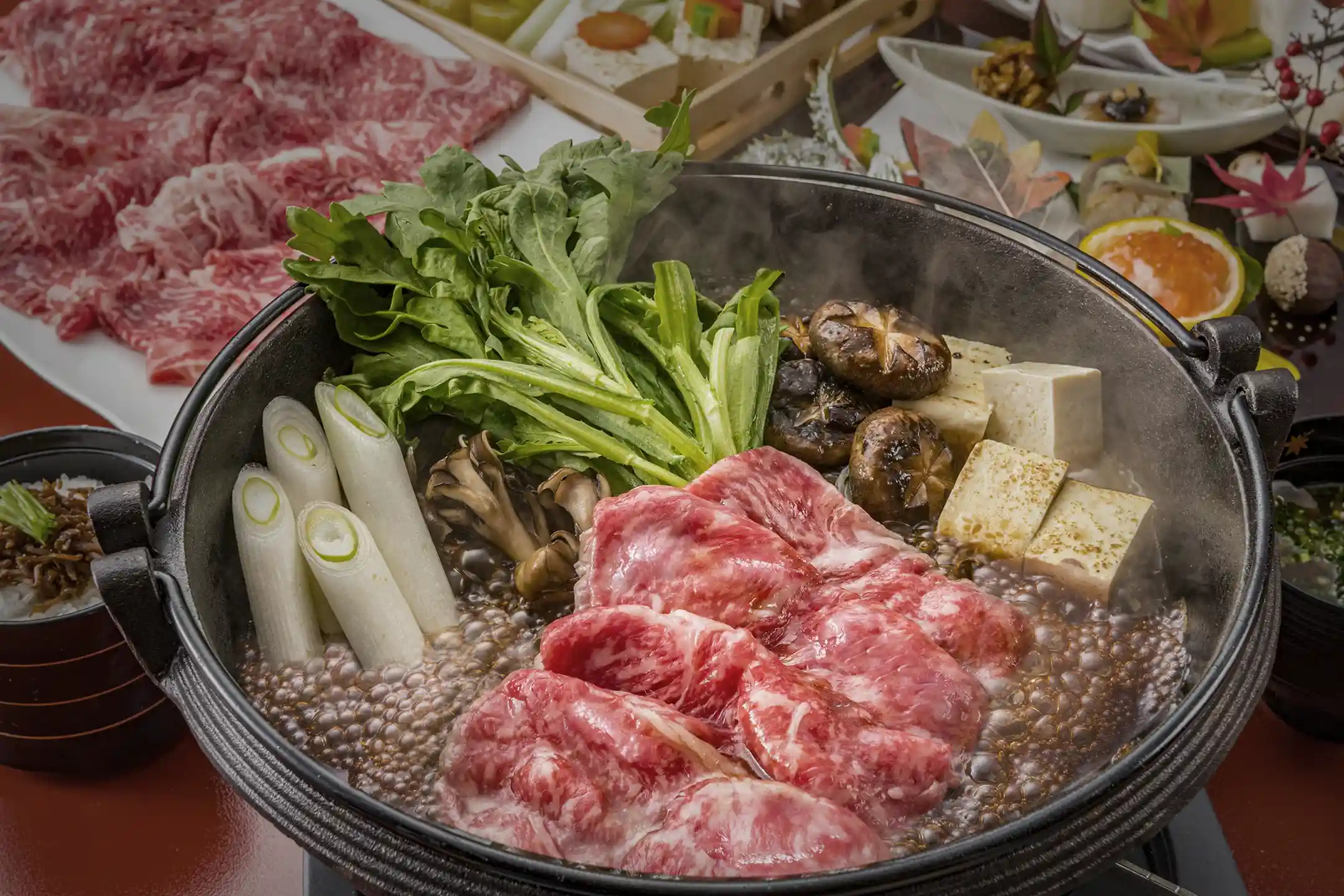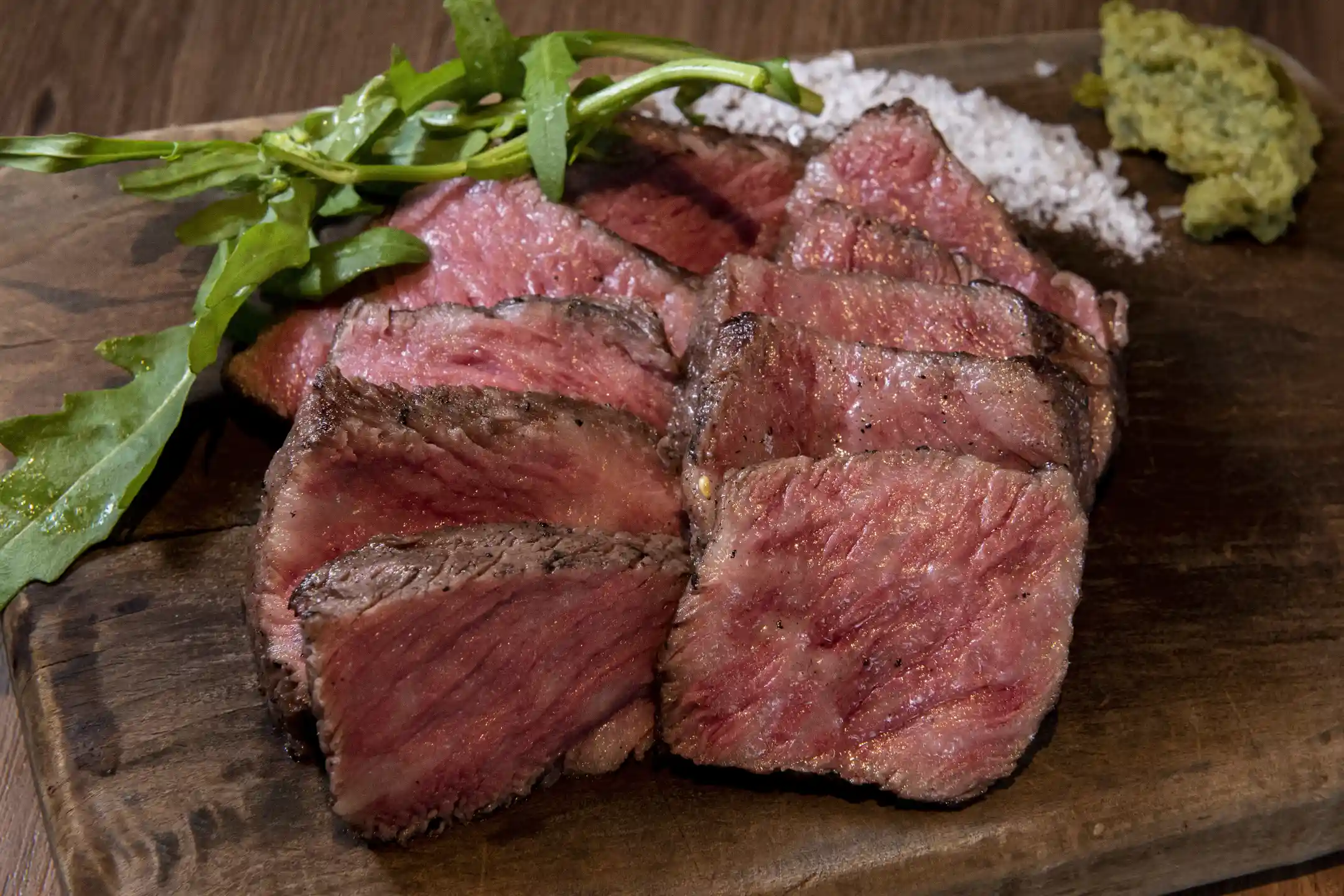Japanese culture breathes with aesthetic sensibilities, spirituality, and wisdom of coexistence with nature that have been cultivated since ancient times. When you step into this depth, you gain more than facts—you nourish your curiosity and expand your worldview. If you grew up in Western traditions, encountering Japan’s sensibility often brings fresh wonder and a more generous, two-way understanding.
In this article, you’ll discover eight high-quality books that let you explore Japanese culture from multiple angles. From history and traditional aesthetics to sustainability that matters today—and even practical ways to bring these ideas into daily life—these classics invite you to engage with the culture’s inner life.
Blending insight with feeling, these works don’t read like lists of data. They act as companions that speak to you directly and will reward an inquisitive reader seeking depth and delight.
Books for Deepening Your Understanding of Japanese History and Aesthetic Sensibilities
When you think about Japanese culture, its distinct aesthetics and spirituality are essential—and they often emerge from angles different from common Western values.
Start with two works that explore the foundations of beauty and moral sensibility. Moving from a historical essay to an ethical portrait, you’ll trace the ideas running through Japanese culture. As you see how virtues and aesthetics formed—and how they contrast with Western perspectives—you’ll take a meaningful step toward mutual understanding.
In Praise of Shadows by Jun’ichirō Tanizaki — The Secrets of Japanese Aesthetics Hidden in Light and Shadow
Jun’ichirō Tanizaki’s In Praise of Shadows (1933) is a masterful invitation to notice beauty where it’s easiest to overlook it. In an era rushing toward Westernization, Tanizaki celebrates the quiet glow of traditional architecture—the hush beneath lantern light, the softened brilliance of lacquerware under candles, the way shoji diffuse daylight into atmosphere.
Rather than champion brightness alone, he suggests the heart of Japanese beauty lives in shadow, cautioning against losing this subtlety in the name of convenience. Where Western modernity often foregrounded light, he discovered dignity in stillness and shade.
The book gently overturns the assumption that dimness is dreary, helping you realize: “Limited light can feel surprisingly rich.” It’s a brilliant expression of an “aesthetics of subtraction,” admired worldwide and cited by figures such as architect Tadao Ando and philosopher Michel Foucault. As you linger in its pages, you’ll feel how different cultures tune the eye toward beauty (*1).
Bushido: The Soul of Japan by Inazō Nitobe — Learning Japanese Spirituality and Ethics
Inazō Nitobe’s Bushido: The Soul of Japan (1900; Japanese translation in 1908) offers a clear window into the moral code that shaped Japan’s past and still echoes today. Written originally in English for Western readers, it organizes the virtues of the samurai—justice, courage, benevolence, politeness, sincerity, honor, and loyalty—into a living framework.
Nitobe responds to a familiar question from the Christian world—how morality holds without religious education—by pointing to Bushido as a cultural backbone. While the focus reflects its time (centered on male samurai and saying less about women and commoners), its values radiated broadly and continue to inform daily life.
Read it alongside Western chivalry and you’ll feel the connections and contrasts. By the end, you may sense the “invisible soul” sustaining Japanese ethics—something you can carry into how you travel, host, and build trust across cultures (*2).

Visually Exploring Japanese Culture — Recommended Books on Art and Design
Now discover Japan’s traditional beauty through what you see. Color palettes and painting styles embody a culture’s aesthetic DNA. When you meet the stories behind traditional hues or the spark of the Rinpa school, you can intuitively feel how Japanese aesthetics work—no translation required.
Because visuals cross language barriers, they help you connect quickly and personally. As you learn the essence within these works, you’ll find yourself experiencing Japanese art with new joy and confidence.
A Dictionary of Japanese Colors by Sachio Yoshioka — The Aesthetic and Stories Encoded in Traditional Colors
In A Dictionary of Japanese Colors, dyeing historian Sachio Yoshioka gathers 466 hues, 209 of them reproduced with natural plant dyes. Poetic names like sakura-nezumi (cherry-blossom gray) and moegi-iro (sprout green) carry echoes of classical poetry and narrative; Yoshioka unpacks those references with clear, graceful explanations.
As you browse the spectrum from the Manyō era to Edo, you’ll sense a devotion to nature and to craft. Each swatch becomes a doorway—suddenly, color isn’t just surface; it’s memory, season, and mood.
You might find yourself thinking, “Colors tell stories!” Where a Western label like “light green” gets the point across, a name such as moegi-iro also captures seasonality and feeling. That difference alone is a rich cultural encounter (*1).

The Beauty of Rinpa by Nobuo Tsuji — Learning the Innovation of Rinpa in Japanese Art History
No survey of Japanese art is complete without the Rinpa school. In The Beauty of Rinpa, art historian Nobuo Tsuji distills a style born in 17th-century Kyoto—reviving Yamato-e traditions while embracing bold, decorative design.
Across generations, Tawaraya Sōtatsu, Ogata Kōrin, and Sakai Hōitsu shaped a visual language of nature, classical literature, refined color, and audacious composition. Gold and silver foil, meaningful negative space—these choices anticipate modern design and feel strikingly current.
Rinpa’s sensibility also reached Western artists like Gustav Klimt and Claude Monet. Seeing that current flow from East to West broadens your art-history map and makes museum visits—whether in Kyoto, Tokyo, or Vienna—feel connected and alive (*2).

Books for Learning Japanese Culture Through the Lens of Environment and Sustainability
Japanese culture also offers practical wisdom on harmony with nature and sustainable living. Here are two books that reframe culture through ecology and resilience—one inspired by rural satoyama landscapes, the other by Zen’s clear, simple mind.
Both speak directly to life today. As you read, you’ll find ideas that complement innovation-driven economies with community, sufficiency, and care for place.
Satoyama Capitalism by Kōsuke Motani and the NHK Hiroshima Reporting Team — Learning Coexistence with the Environment in Japan
Satoyama Capitalism proposes a resilient, circular model that leans less on cash and more on local resources and relationships. It asks: what if water, food, and fuel remained accessible even when money is scarce?
Case studies—from biomass energy to local currencies—show rural communities revitalizing themselves by valuing what’s often invisible on a balance sheet. In post-2011 Japan, lifestyles grounded in “knowing sufficiency” and mutual support gained renewed respect.
Engaging with these examples nudges you to consider, “What does prosperity really mean?” The book opens a view onto sustainability rooted in forests, fields, and community bonds—insights you can apply to how you travel, source, and give back (*1).

Zen and Japanese Culture by Daisetz T. Suzuki — A Zen-Inspired Path to Simple, Sustainable Living
Daisetz T. Suzuki’s Zen and Japanese Culture traces how Zen shaped everyday life and the arts—from Bushido and martial disciplines to haiku, tea, gardens, and a quiet love of nature.
Written with clarity and lyricism, it explores how wordless presence (furyū monji) informs swordsmanship, how the stillness of the tea room reflects jaku (tranquility), and how simplicity breathes through wabi-cha and garden design.
For a world often tilted toward material excess, Zen’s spirit of shōyoku chisoku—few desires, knowing sufficiency—offers a humane, sustainable counterweight. Suzuki’s work also became a bridge, introducing Zen abroad in accessible terms and inspiring generations of readers. You’ll come away with ideas you can fold into your routines—how you host, slow down, and connect more deeply with place (*2).
%20serenity.webp?width=750&height=500&name=K%C5%8Dy%C5%8D-dera%20Temple%20A%20place%20of%20pure%2c%20unattached%20(or%20unburdened)%20serenity.webp)
Introductory Books to Practice Japanese Culture in Daily Life
Finally, two approachable guides invite you to experience culture with your own hands: the tea ceremony and ikebana. Both are practical and thoughtful, teaching technique while illuminating the spirit behind it.
Bringing these arts into daily life helps you slow down, notice the seasons, and cultivate presence—insights you’ll feel on any journey.
An Introduction to the Tea Ceremony — Cultivating Mind and Movements by Sen Sōya — Bringing the Aesthetics of Tea into Daily Life
Tea is more than preparing a bowl; it’s a choreography that steadies the mind and expresses care. In An Introduction to the Tea Ceremony, Sen Sōya of the Mushakōji Senke school guides you through the essentials—bowing, whisking, utensils, and the manners that turn hospitality into art.
The spirit of wa-kei-sei-jaku—harmony, respect, purity, tranquility—threads through every gesture and translates beautifully into everyday living. In a busy week, taking time to whisk and savor tea at home becomes a restorative ritual.
You’ll find approachable tips for “tea at home,” so the practice feels welcoming, not daunting. Understanding the hospitality and aesthetics behind each movement may inspire you to bring more intention to your own tea moments (*1).

An Introduction to Ikebana — Basic Techniques to Highlight the Beauty of Flowers by Toshirō Kawase — Creating Beauty in Everyday Life
Ikebana, the art of arranging flowers and branches, expresses nature indoors with elegant restraint. Toshirō Kawase’s An Introduction to Ikebana is a hands-on guide that also conveys the art’s philosophy.
Where Western arrangements often celebrate abundance—the “aesthetics of addition”—ikebana finds power in essentials, using space as part of the composition. Clear, photo-led instructions cover tools, basic forms, and seasonal choices.
With even a single camellia, you’ll learn to reveal vitality and sheen. Historically practiced by monks and samurai as well, ikebana emphasizes seasonality and the arranger’s inner state—the idea that “flowers mirror the heart.”
The book helps you choose beginner-friendly materials and bring quiet beauty to any corner of your home—an easy way to weave Japanese sensibility into daily life (*2).

Conclusion
You’ve just met eight books that deepen your understanding of Japanese culture. Each highlights aesthetics, spirituality, and practical wisdom in its own way.
As you explore the beauty of shadow or the spirit of Bushido, you’ll get closer to the values underpinning Japanese life. Learning through color and art brings fresh joy to museum visits. Insights from satoyama and Zen offer humane direction for how you live and travel now.
And when you fold tea or ikebana into your routine, you’ll feel a calm fullness and the seasons at home.
These works don’t merely inform—they resonate. If you love learning and travel with intention, they’ll guide you toward a richer, more personal connection with Japan. For Western readers, they also create room to move beyond stereotypes and build genuine understanding.
Take one along on your next journey—or savor it at home between trips. May these reading experiences widen your cultural horizons and help bridge worlds with curiosity and care.
Author Bio





/Kazunoko%20Matsumae-zuke%20(Herring%20Roe%20and%20Seafood%20Pickles).webp)
